[Future of China] China's ten-year-old BRI needs a revamp
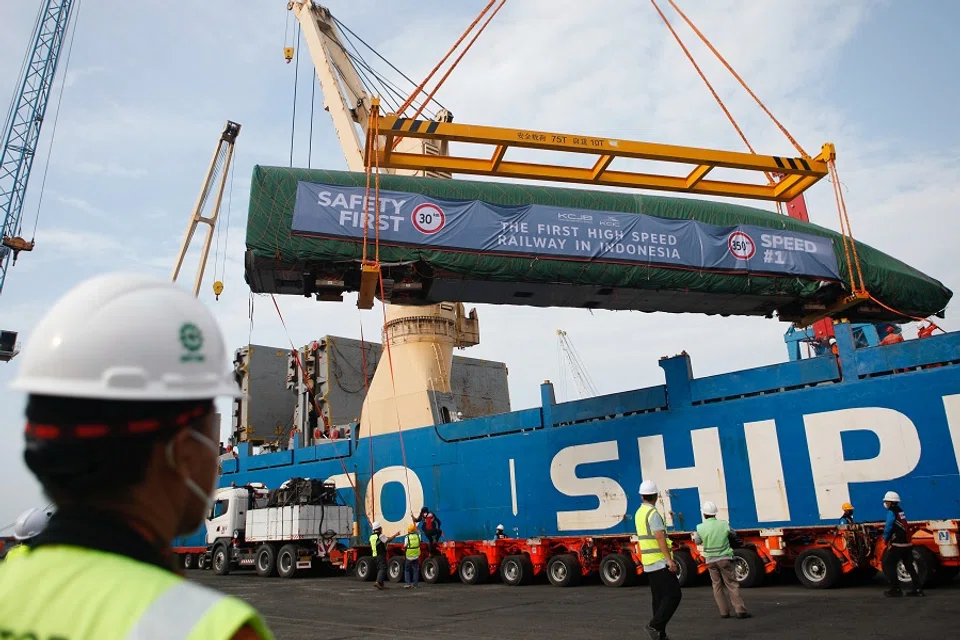
Recent years have seen the unfolding of a successive wave of competing regional and global initiatives, all of which aim to accelerate inter-regional connectivity through infrastructure investment and construction. Examples include China's Belt and Road Initiative (BRI), Japan's Partnership for Quality Infrastructure, the ASEAN-Korea Infrastructure Fund, Russia's Eurasian Economic Union (EAEU), the EU's Global Gateway plan, and the G7 Partnership for Global Infrastructure and Investment (PGII) as the newest initiative of this kind.
Many of these competing connectivity initiatives are still at the vision stage, without concrete achievements. None of these initiatives so far have been able to compete with China's BRI from the perspective of scale, geographical coverage and geostrategic influence. The BRI is perhaps the most prominent infrastructure development initiative in the history of the world. Other countries cannot match the huge infrastructure promises of China's aspirational BRI or the relentless pursuit of its execution.
China's state-led BRI infrastructure development model is implemented through its state-owned enterprises and banks. China is globally competitive in industries such as infrastructure construction, equipment manufacturing, metallurgical building material and communications equipment.
The Chinese leadership and government are seen to be determined to push for the BRI as the initiative approaches its tenth anniversary.
Not just the BRI
Amidst the shifts in global geostrategic environment characterised by intensifying China-US rivalry and China's worsening relations with several major trading partners, such as Japan and Australia, the BRI has apparently become even more important for China. The Chinese leadership and government are seen to be determined to push for the BRI as the initiative approaches its tenth anniversary.
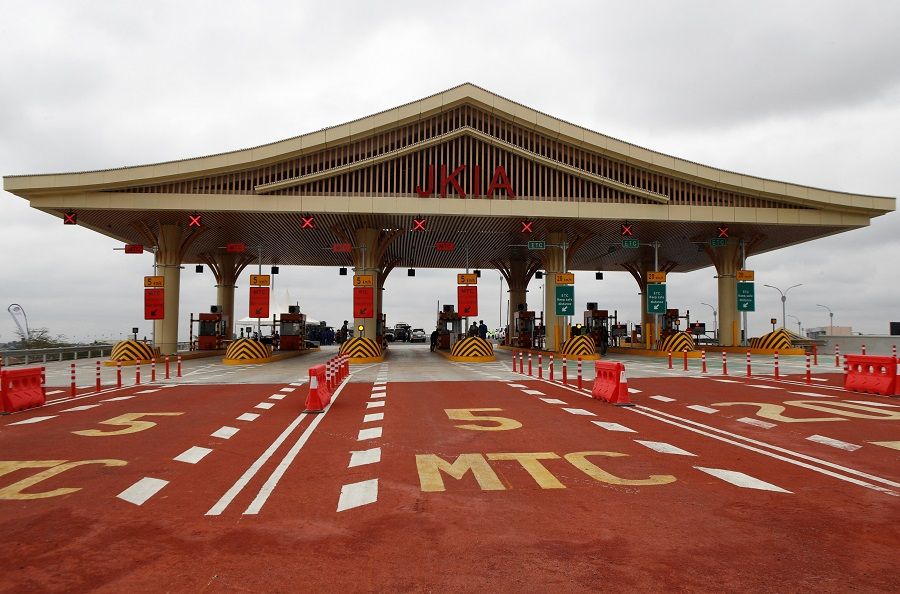
While the BRI is Xi Jinping's pet project and has been a centrepiece of China's foreign policy initiative since 2013, it is not China's only outreach strategy.
To advance its national economic interests and its geostrategic ambition, China has also become a key player in many regional cooperation institutions, such as BRICS comprising Brazil, Russia, India, China and South Africa; the Shanghai Cooperation Organisation (SCO); and the Regional Comprehensive Economic Partnership (RCEP) agreement. China's efforts to play a more influential role in both regional and global affairs are multi-pronged and extend beyond the BRI.
Many developing nations urgently require investments, production capacity and technologies as they hasten the pace of industrialisation and infrastructure upgrading. As estimated by the Asian Development Bank, Asia and the Pacific countries will require over US$22.5 trillion for climate-adjusted infrastructure development up to 2030.
No plan proposed by a single country or grouping could come close to meeting the developing nations' infrastructure investment gap. Vast capital is required for infrastructure upgrading in developing nations, and the risks are high.
To accelerate infrastructure development in developing countries, the collaboration between China's BRI and other competing connectivity initiatives could promote "third-party market" cooperation in terms of infrastructure investment and development.
Non-compliance and debt burdens
As the BRI approaches its tenth anniversary, China's forward push with the BRI is facing both internal and external challenges.
From the external perspective, several countries in the region and beyond are pushing back against this initiative on the grounds that the BRI-affiliated infrastructure projects with investments from China are costly and impractical, with issues of corruption in internal transactions.
In the perception of these recipient countries, the terms of their infrastructure deal favour China, leaving these countries to bear the financial burdens and risks.
BRI implementation also has been weak in terms of compliance with internationally recognised standards such as transparency and open bidding, and social, labour and environmental protection. In addition, some BRI infrastructure projects have been scaled back or suspended amidst concerns over rising debts.
...it can be challenging given China's push for the BRI implementation and the weak institutionalised governance of the recipient countries.
Excessive borrowing could pose a threat to financial sustainability and lead to a dependency trap. According to a paper published by the National Bureau of Economic Research, low-income countries that have encountered huge debt burdens associated with China's BRI investment include Laos, Pakistan, Mongolia, Kyrgyzstan and Djibouti.
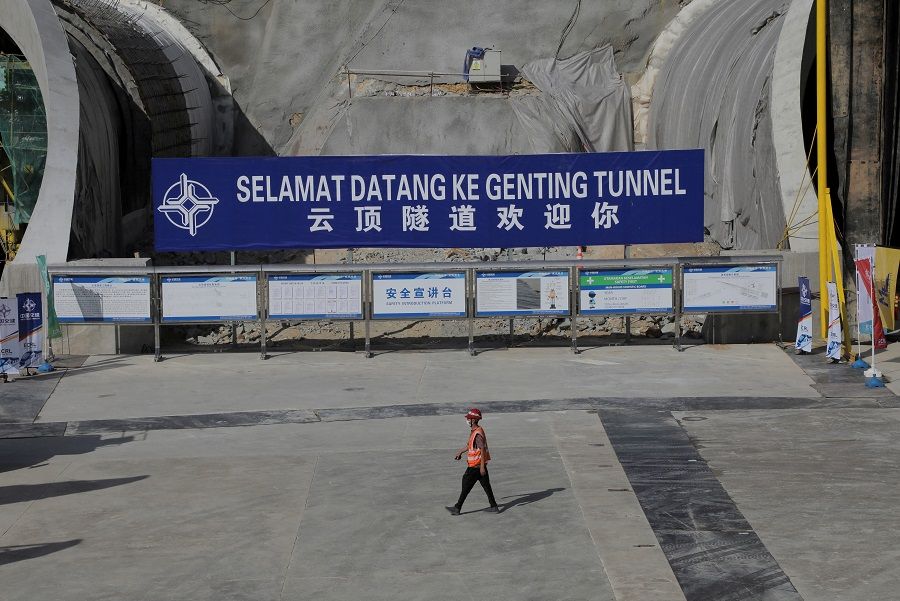
External development financing is required for cash-strapped countries with underdeveloped infrastructure. It is perfectly normal for developing countries to seek to accelerate infrastructure construction using financing tools, given their huge investment needs and domestic financial restraints. The salient question is how to balance infrastructure development needs and domestic financial sustainability.
Nevertheless, it can be challenging given China's push for the BRI implementation and the weak institutionalised governance of the recipient countries. Several BRI projects such as the East Coast Rail Link have been criticised for lack of transparency and open bidding, along with the involvement of corruption scandals.
Russia-Ukraine war stalling land-based connectivity
Russia's war in Ukraine could also potentially cause collateral damage to the BRI, as China's land-based connectivity with the EU via the China-Europe express may be jeopardised. The China-Europe Express is crucial for overland-based connectivity between China, Eurasian countries and the EU. China has tried hard to support, promote, and make it profitable since 2016. The value of goods transported by the freight trains was US$74.9 billion in 2021, with two-way trips reaching 14,000.
Almost half of the routes and lines (78 lines reaching 180 cities in 23 European countries by 2021) pass through Russia. Due to the massive sanctions imposed on Russia, European firms may choose not to ship goods via Russia in the future. It is difficult for the freight rail service to operate along the Eurasian continent when there is a major war going on in Europe.
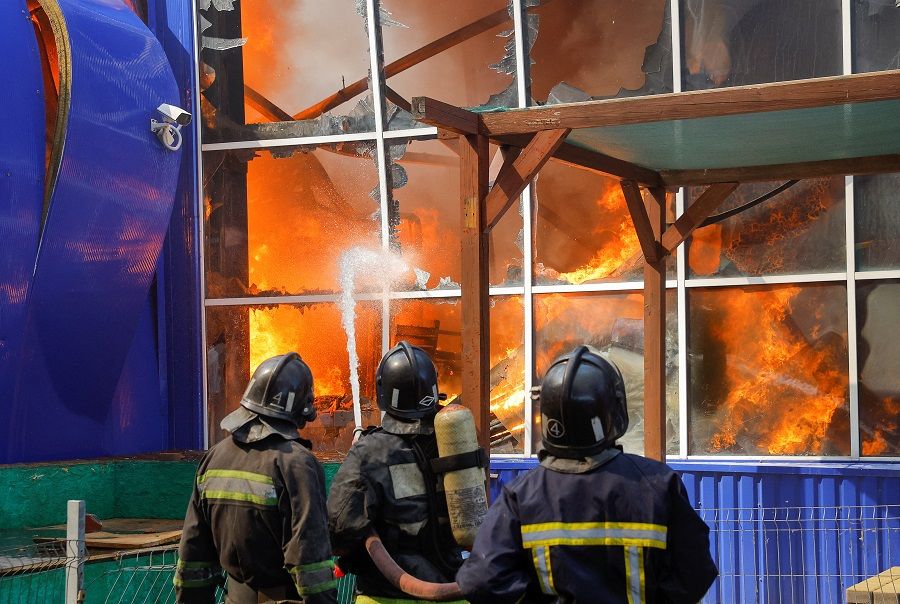
More significantly, the strategic competition between China and the US has prompted China to view Russia as one of its indispensable allies; preserving this strategic partnership has thus become crucial. From the long-term perspective, China's refusal to condemn Russia's aggression in the Ukraine war and its alignment with Russia, have deepened the strategic distrust between China and the West, making Beijing's BRI push in the Western countries more challenging.
These strict lockdown and control measures have made it extremely difficult for Chinese officials, business executives and engineers to travel abroad to conduct in-person promotion and management of BRI projects...
Internal chinks in the armour
That said, the key challenges to the BRI are not external but internal ones. China's self-imposed zero-Covid strategy is another major challenge that impedes Beijing's push for BRI implementation worldwide.
In the face of surging Covid-19 cases and highly infectious virus variants, the Chinese central and local authorities have imposed draconian policies to curb the virus's spread that have necessitated frequent city lockdowns and sealing off the country physically from the world for more than two years.
These strict lockdown and control measures have made it extremely difficult for Chinese officials, business executives and engineers to travel abroad to conduct in-person promotion and management of BRI projects. They also bring about disruptions in supplies of critical raw materials and equipment for infrastructure construction projects.
The coronavirus pandemic has also pushed up construction and labour costs of BRI infrastructure projects due to supply chain disruption, soaring energy prices and manpower shortages. For example, a budget overrun of the Chinese-funded Jakarta-Bandung high-speed rail project has been reported. The estimated construction cost for the 142-kilometre-long high-speed railway has increased by 20% to US$7.9 billion.
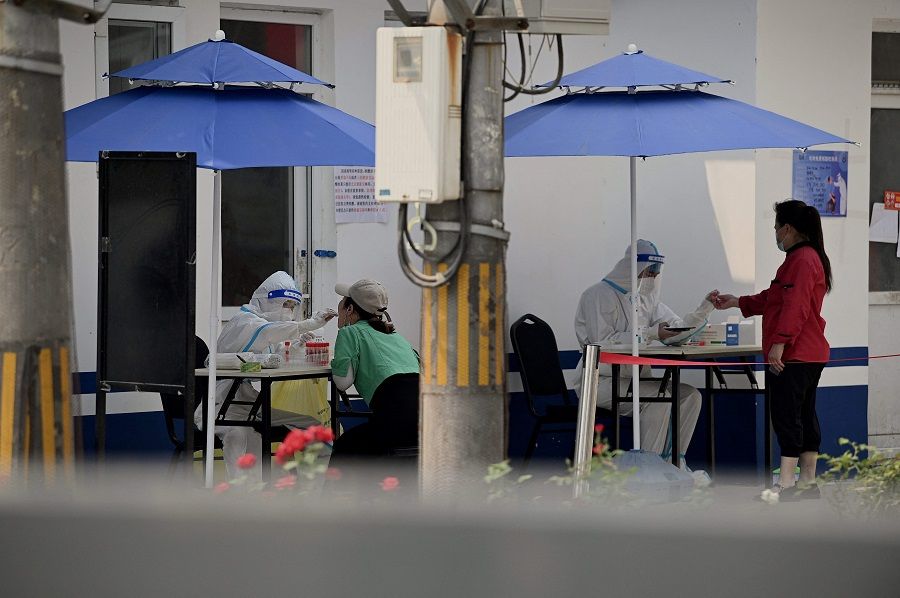
The US seeks to take advantage of the dissatisfaction of these nations along the BRI routes and engage them with US allies to form an alliance against the BRI.
... this could present a dilemma for China on making concessions to keep BRI projects alive or accept their termination in the recipient countries struggling with debt repayment.
The dilemmas faced by BRI countries
The Covid-19 pandemic has disrupted many developing economies and their finances. Developing countries could encounter difficulty in debt repayment for the Chinese-funded BRI infrastructure projects, and some projects under construction or at the planning stage may have to be scaled back or suspended.
Sri Lanka, a crucial maritime component of China's BRI, is a case in point. It is facing its worst economic, political and social crisis in decades. It is struggling with repaying external loans and the interest associated with borrowing for infrastructure construction, partially deriving from BRI projects financed by Chinese firms and banks.
If more foreign governments follow the example of Sri Lanka and demand debt restructuring or ask for debt forgiveness, this could present a dilemma for China on making concessions to keep BRI projects alive or accept their termination in the recipient countries struggling with debt repayment.
China will face strong resistance if it continues to promote and implement the BRI in its original form. It has to modify its model in response to the new geopolitics in the post-Covid-19 era.
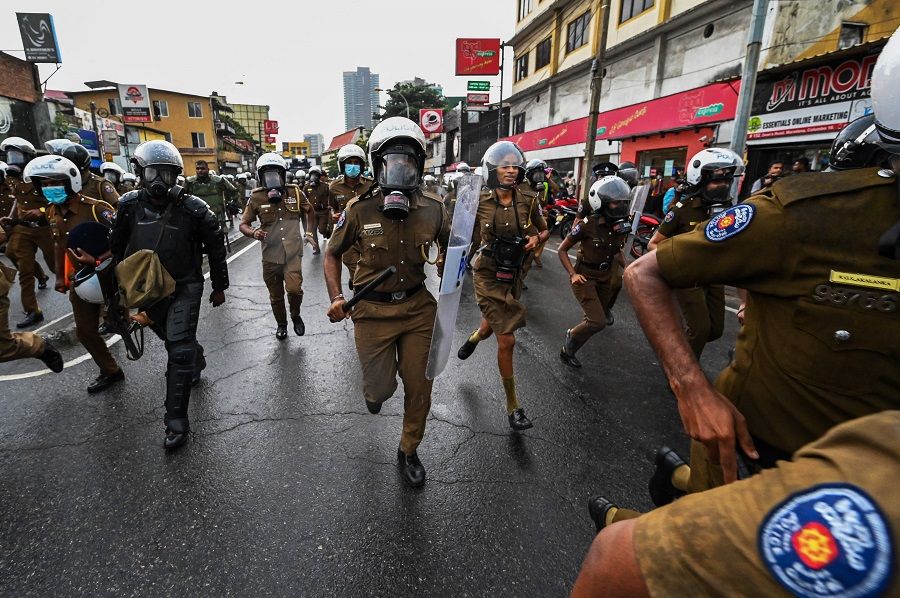
In fact, the pandemic could have severe long-term financial impacts on infrastructure projects for Sri Lanka, Maldives, Kenya, Mongolia and many other BRI countries. The BRI's implementation will be slowing down as a result of multiple factors combined from the global Covid-19 pandemic, the shift in the global geostrategic environment and the Chinese economic slowdown.
Evidently, China will face strong resistance if it continues to promote and implement the BRI in its original form. It has to modify its model in response to the new geopolitics in the post-Covid-19 era. To succeed, it would do well to focus more on the economic benefits of overseas investment projects, the voices of the local communities, and environmental sustainability. A balance will be required to secure win-win situations.
For the sustainability of the BRI, China must focus more on sustainable financing for developing nations along the BRI routes and lower the long-term financial impacts of loans for infrastructure projects.
China seeks to cooperate with participating countries and multilateral financial institutions to jointly enhance the debt management capacity of the borrowing countries. It is therefore adopting "third-party market cooperation" as a flexible approach in its pursuit of cooperation with other countries under the BRI umbrella. However, making a break from the past unilateralism of the BRI is easier said than done.
Related: [Future of China] Xi Jinping and the world: Retrospect and prospect | [Future of China] Chinese youth under Xi Jinping's Red Flag: Political participation as a route to riches | [Future of China] China's economy now and in the future | [Future of China] China's BRI seems irreplaceable, for now | China wants to win the world over with the BRI, but something's amiss | The China-Laos railway: How Laos can make the most of its hefty investment | Even as the US obstructs its way, how can China build trust for the BRI? | Amid a looming debt crisis, will China press the reset button on the BRI? | Sri Lanka: A lesson in debt trap diplomacy
